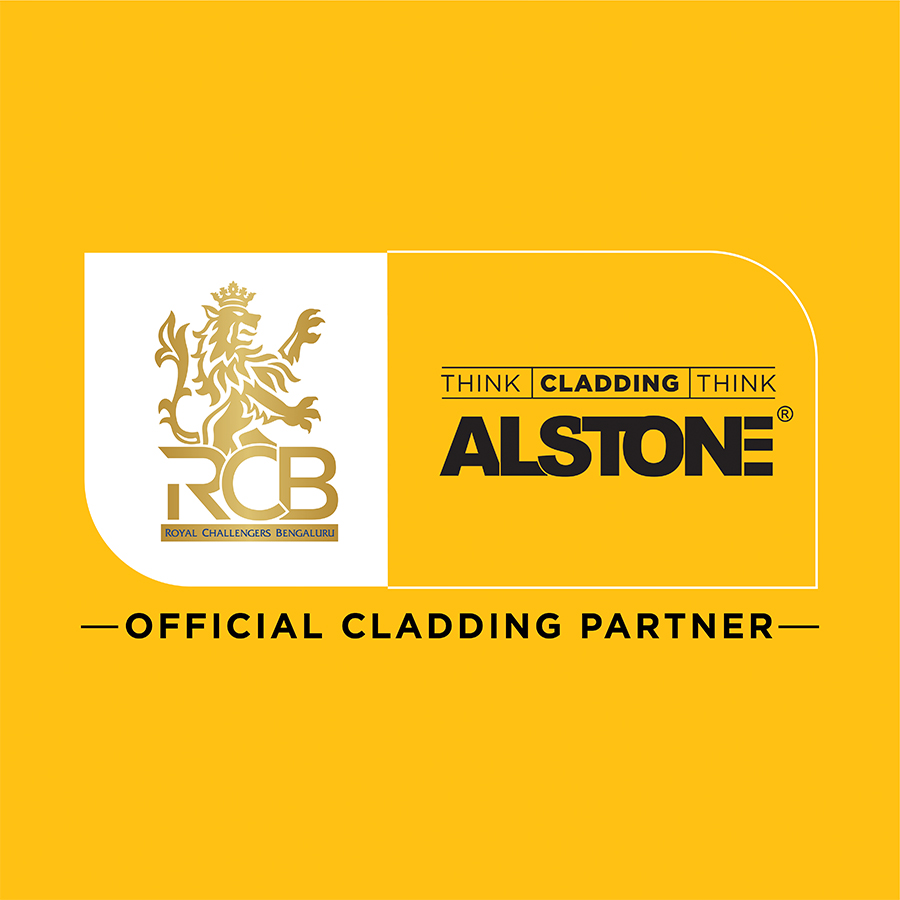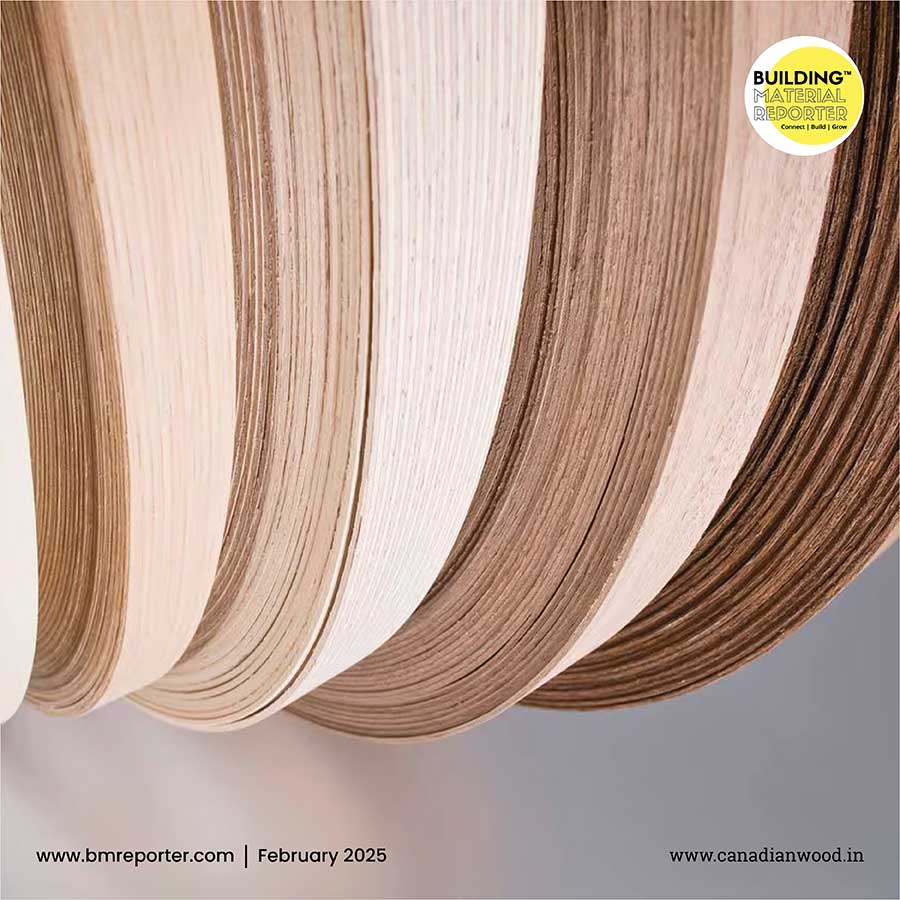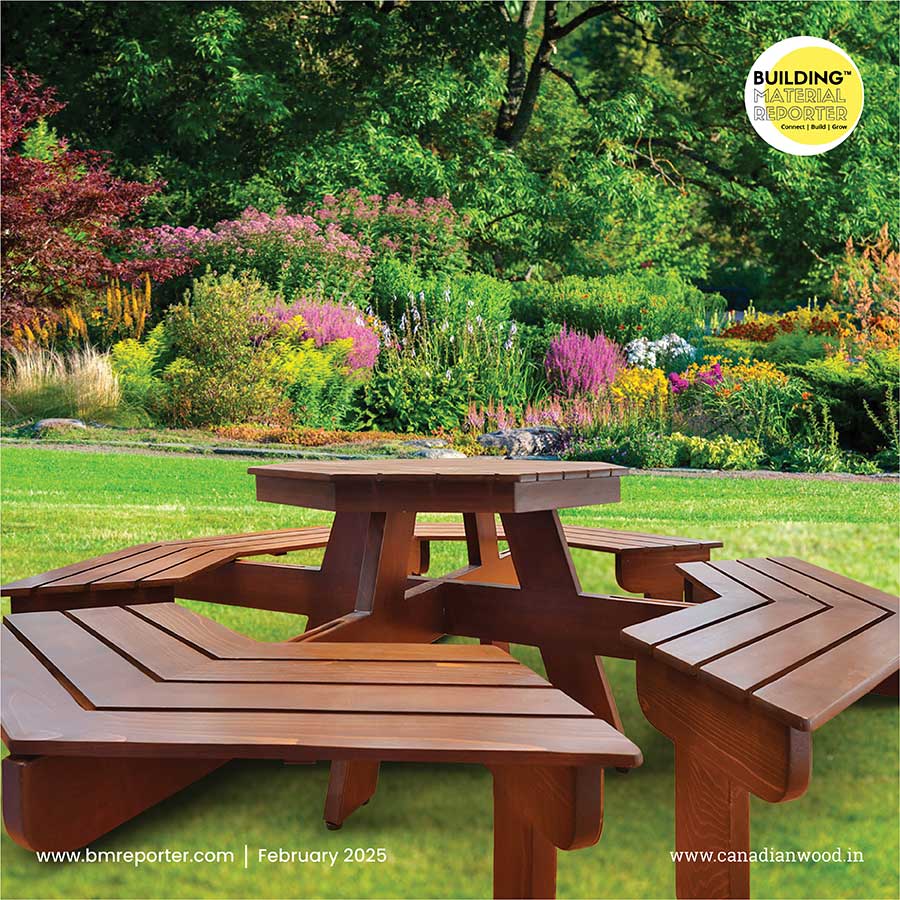Self-curing Concrete: A Boon for Areas Battling Water Scarcity Issue
- July 12, 2023
- By: Editorial Team
- NEWS
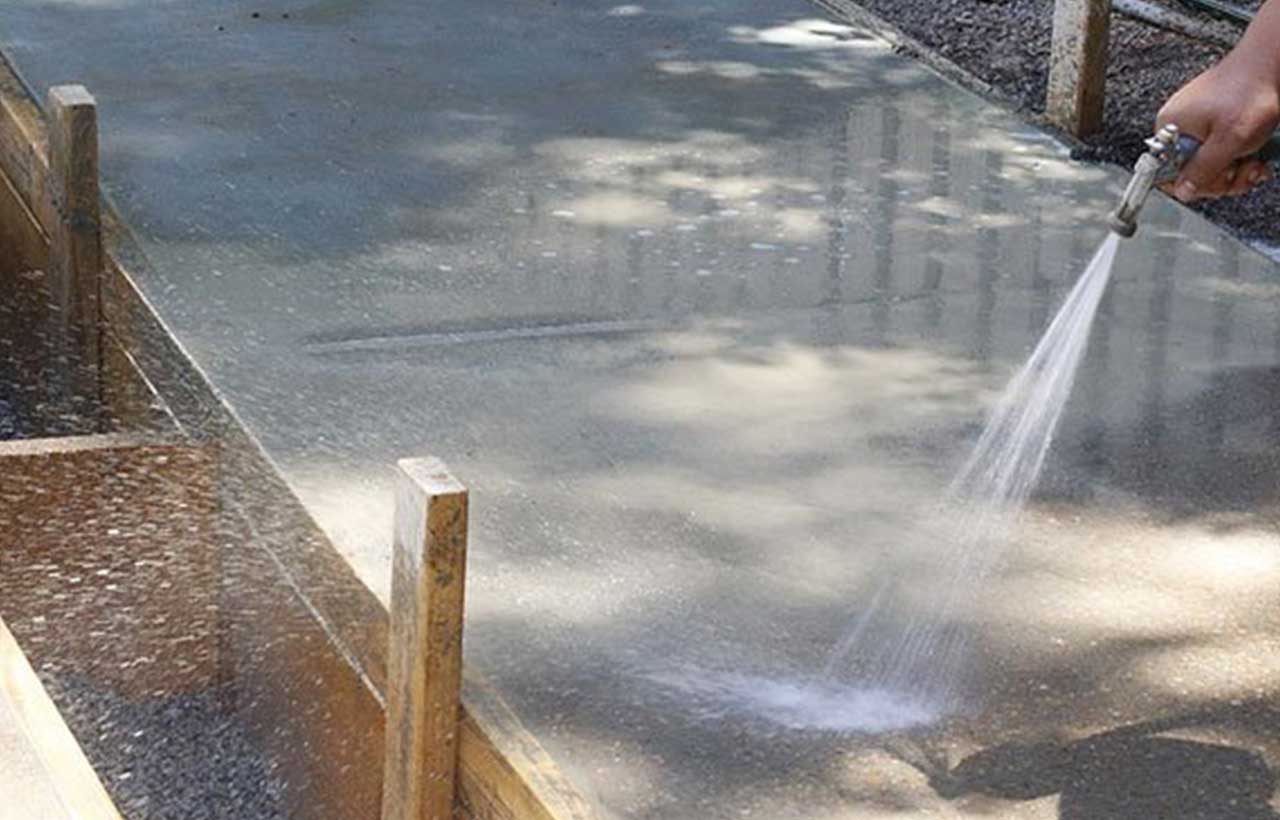 At a time when water is becoming limited day by day, across the globe, with many regions becoming almost waterless, like Cape Town in South Africa, for instance, self-curing concrete has come as a HUGE blessing. Without using water today it’s possible to do concrete curing through the self-curing concrete process. For this purpose, the US has developed a self-curing concrete additive. E5--the self-curing additive in question--is highly nature friendly and makes concrete a green material.
At a time when water is becoming limited day by day, across the globe, with many regions becoming almost waterless, like Cape Town in South Africa, for instance, self-curing concrete has come as a HUGE blessing. Without using water today it’s possible to do concrete curing through the self-curing concrete process. For this purpose, the US has developed a self-curing concrete additive. E5--the self-curing additive in question--is highly nature friendly and makes concrete a green material.
The rise in population has led to a fast increase in construction undertakings everywhere and also created an imbalance in water management. It goes without saying water is a major requirement in construction and it’s used in mixing and also the curing of concrete.
It also governs the hydration of cement. Water is used primarily in concrete as it’s a major source of the hydration of cement. Water is the prime reason for the hardening of cement in concrete. The properties of concrete are determined largely by its strength which is openly dependent on the water/cement (W/C) ratio. So, water plays an important part in the mixing of concrete.
Curing & Water: As mentioned earlier, water in construction is also used for the purpose of curing. In fact, a great deal of water is used for curing and the process continues for 10 to 30 days depending on the kind of structure. As curing decides the overall strength and durability of the structure, it’s also a vital step in construction.
Self-curing Concrete: As discussed a short while ago, curing plays an incredibly significant part in the eventual performance of concrete.
But, curing is often not given the kind of attention it deserves at most of the construction sites, leaving its open marks in the form of cracks, dusting, warping and curling of concrete and less strength and durability.
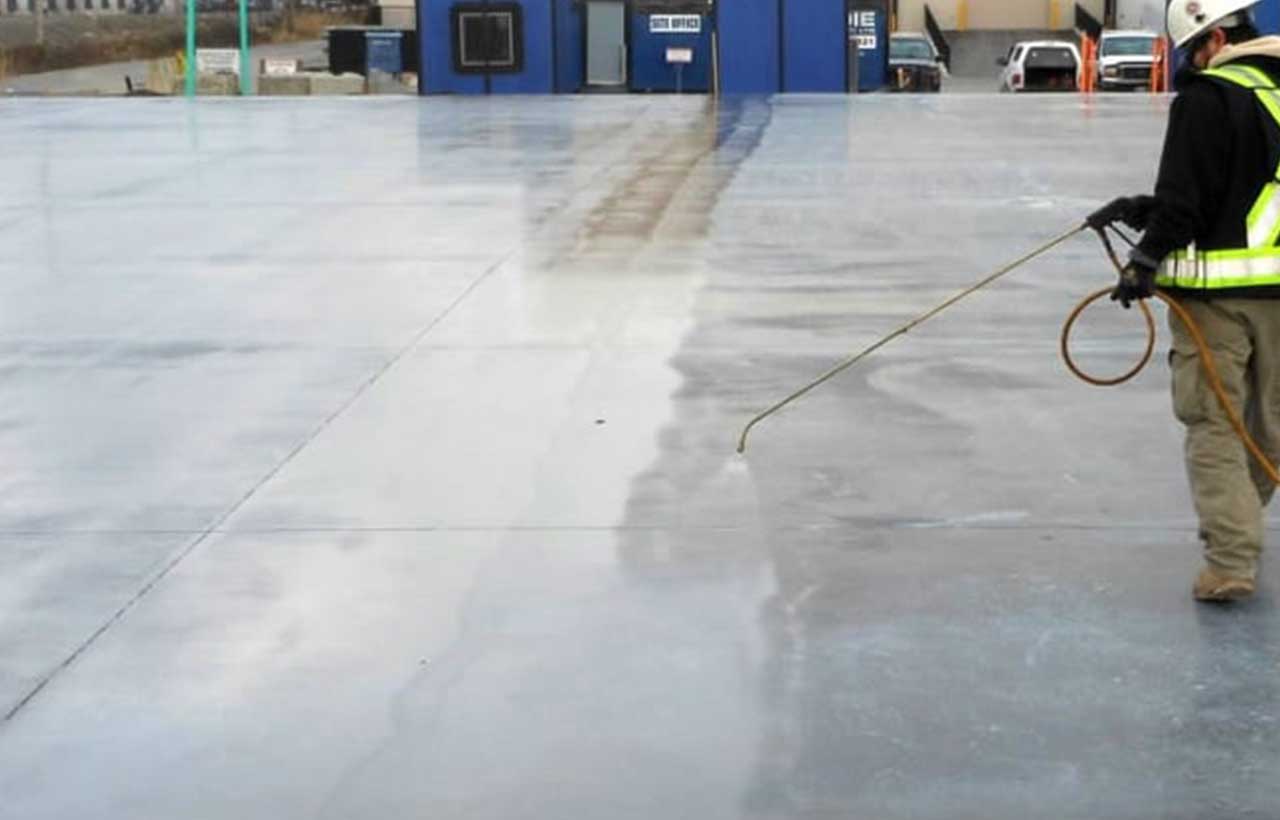 Against this backdrop, self-curing concrete comes as a blessing. It overcomes all such shortcomings and provides high level of assurances on quality of concrete and its performance through service life.
Against this backdrop, self-curing concrete comes as a blessing. It overcomes all such shortcomings and provides high level of assurances on quality of concrete and its performance through service life.
Traditional curing is done from the exposed part of concrete to its inner part while the opposite is done at self-curing which also helps in cutting down the wastage of water, where the hydration of cement occurs due to additional water available which isn’t part of the mixing water.
Importantly, self-curing concrete helps in conserving potable water to the extent to 1.2 to 1.5 billion tons every year. Shortage of water is felt in many parts of the country and self-curing concrete will undoubtedly prove to be a boon for construction industry.
The best thing is that self-curing concrete can be used in all types of applications with higher confidence and much more reliability.
Self-Curing Additive: Self-curing concrete is usually developed by using pre-wetted aggregates by presenting some polymer to the concrete. These aggregates or polymers discharge their moisture through the concrete's drying procedure, thereby providing water to cementing material for complete hydration.
E5: The US has developed a self-curing concrete additive through all-embracing field trials under the name of E5. The additive has ultra-nano silica anionic particles. These get physically attached to water and gets further emulsified and suspended in a liquid which is added in concrete in an incredibly small percentage—between 0.3 and 0.4 % of binder weight.
Nature-Friendly and Green Product: Self-curing additive E5 is highly nature friendly and makes concrete a green material.
Key Qualities of E5 in Making Concrete Green
- Cuts down the need for scarce potable water for curing. Conservation in water use helps save valuable resources.
- Improves impermeability, durability and service life of concrete, thereby decreasing the requirement for ensuing repairs and retrofitting.
- Doesn’t lead to cracks, curling, or warping removes the need for repair materials and workers, thus saving limited resources and increasing service life.
- Cuts down the use of cement and supplementary cementitious materials, thereby decreasing the carbon footprints of concrete.
Final Thoughts: The introduction of E5, the self-curing additive that’s mixed with concrete for the self-curing process of concrete, is inspiring. The wonderful product would go a long way towards helping cut down the wastage of water for concrete curing purposes. More such innovations in building technology--such as self-curing cement--are needed to make the world greener and more sustainable.
Stay updated with the latest trends and developments in architecture, design, home decor, construction technology, and building materials through Building Material Reporter.


